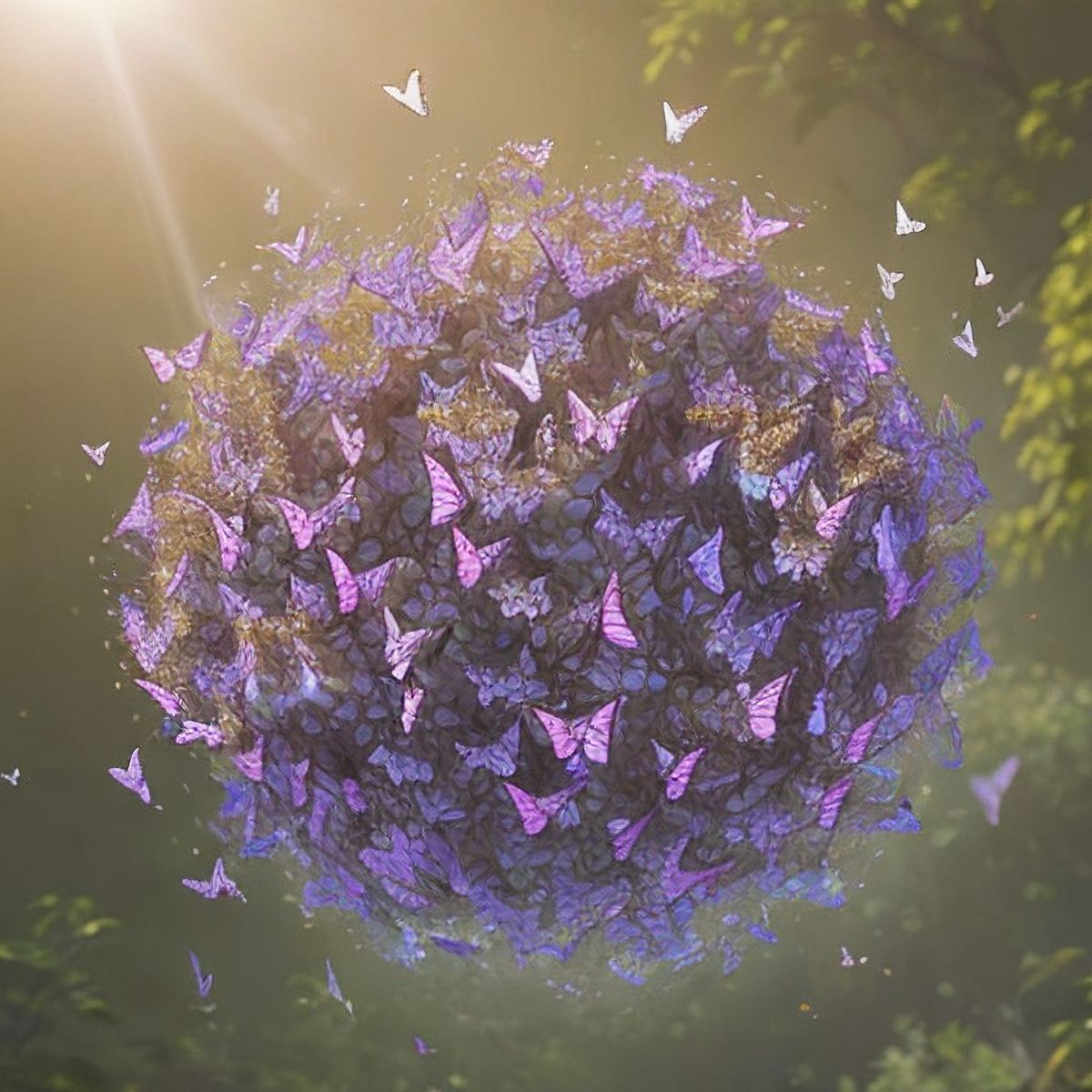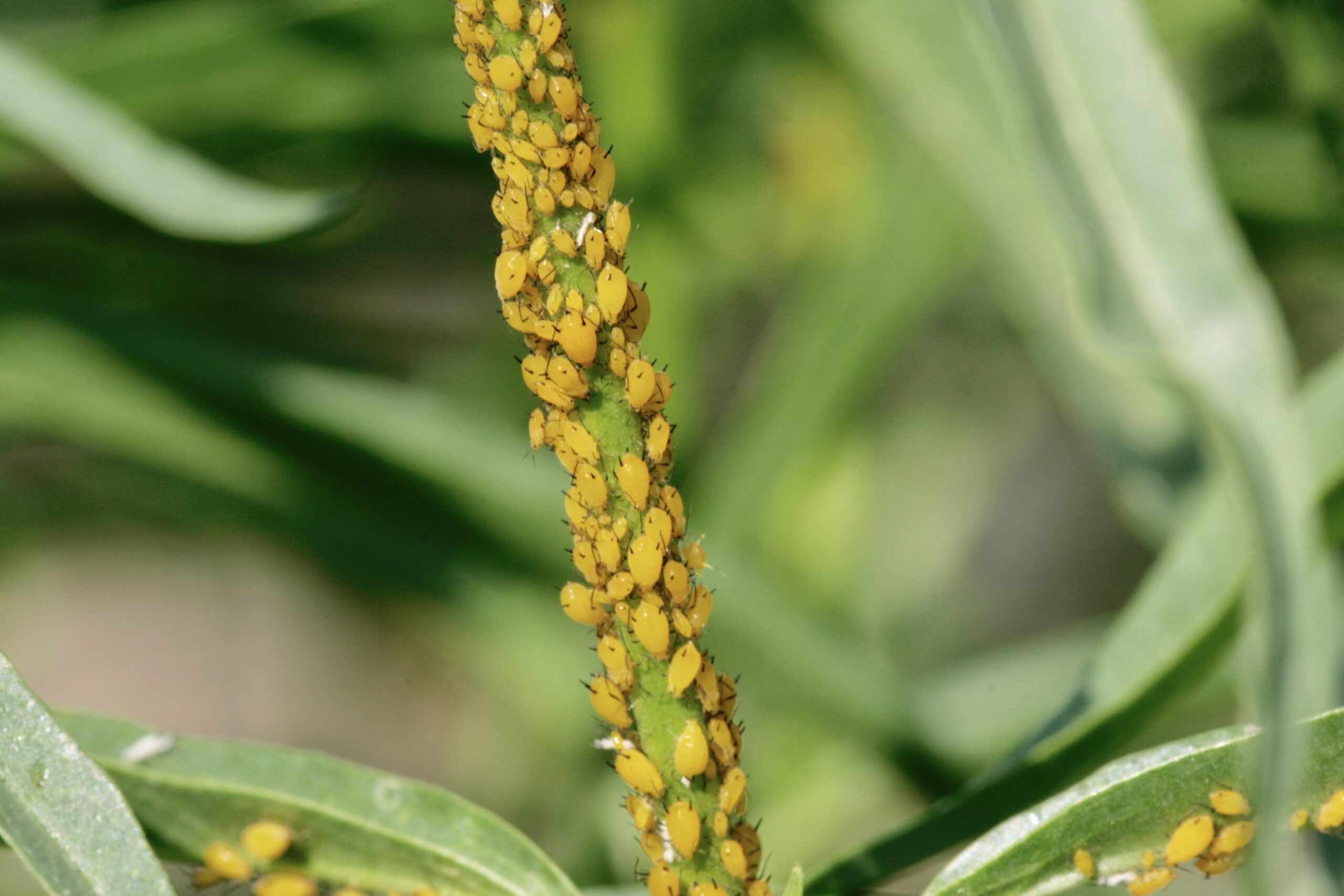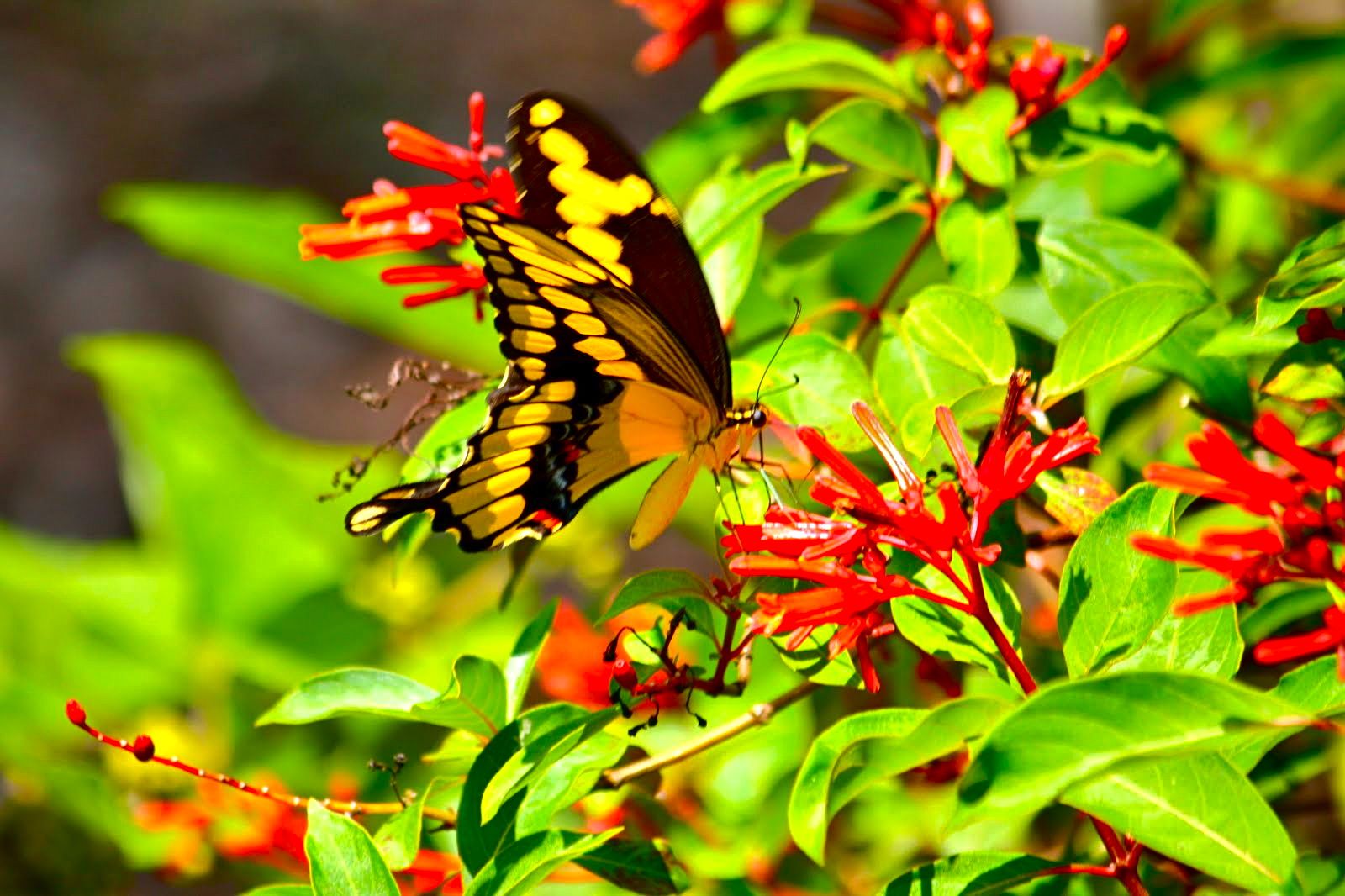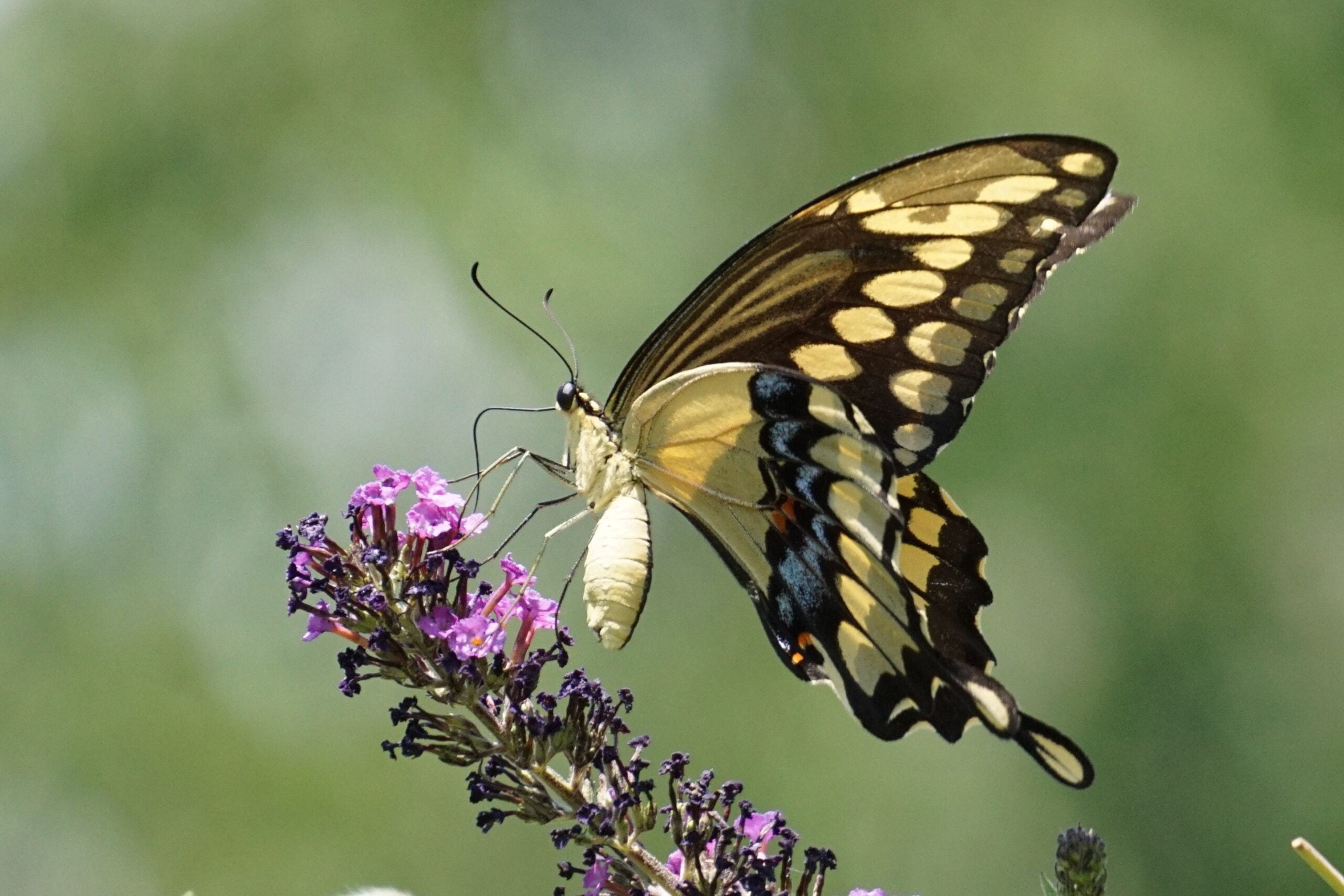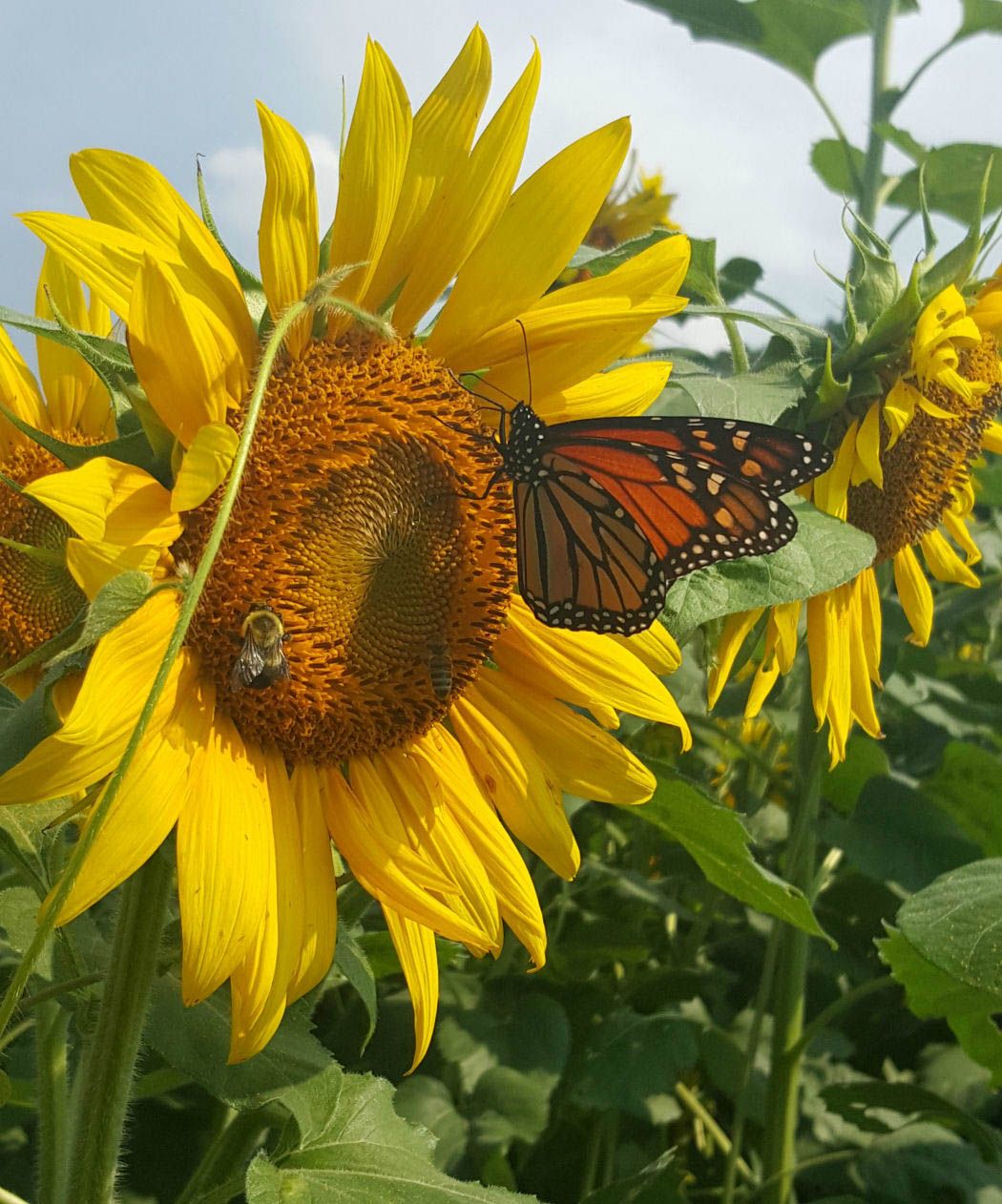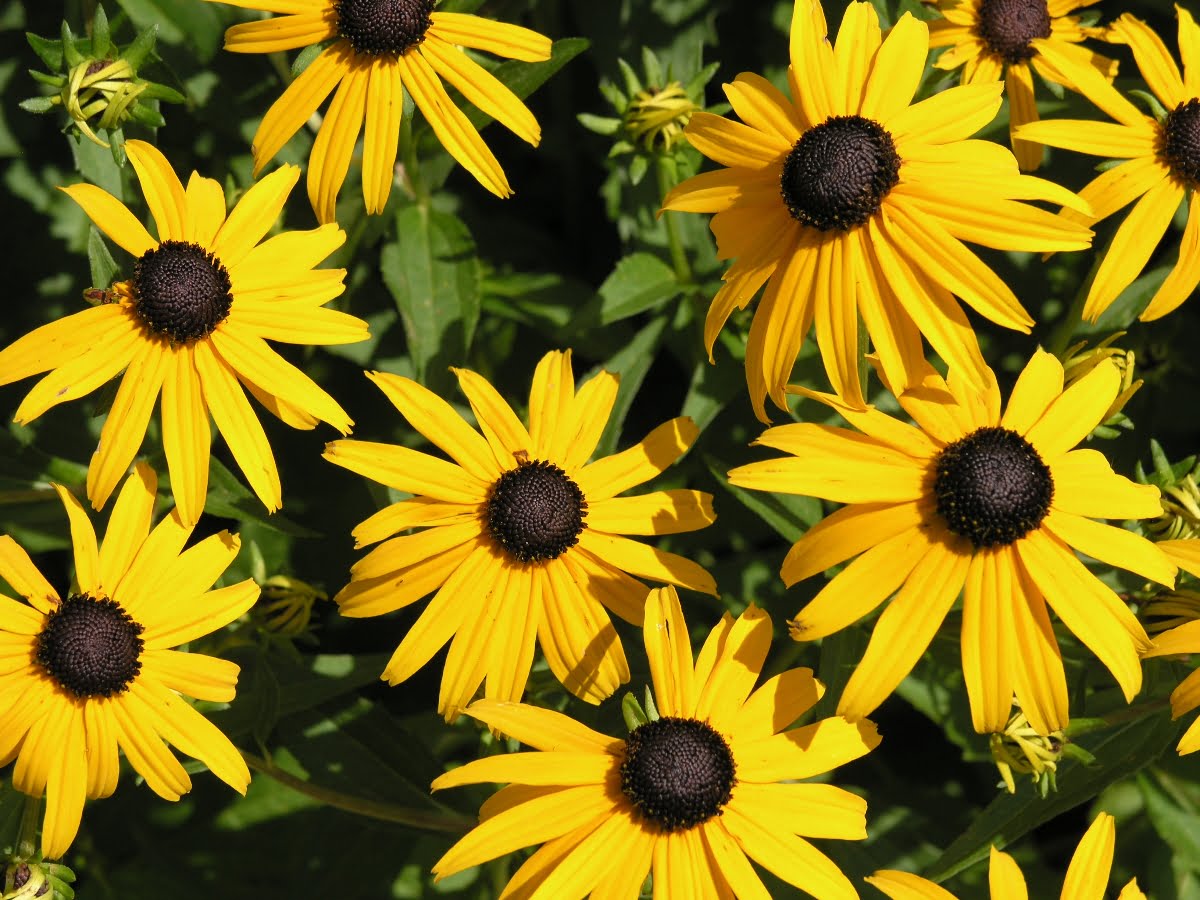Butterfly Bush (Buddleia davidii), is a popular, non-native garden plant known for its ability to attract butterflies with its vibrant, fragrant blossoms.
Horticulture
What are the Yellow Bugs on My Milkweed Plants?
While aphids can be a nuisance, milkweed plants are usually resilient and can withstand a moderate aphid infestation.
Maine Native Milkweed
In Maine, there are several native milkweed species. Johnny shares some of the most common ones.
What Are Butterfly Nectar Plants?
Butterfly nectar plants are plants that produce nectar, which attracts and feeds adult butterflies.
Do Butterflies Need Nectar?
Here’s the answer to the question, “Do Butterflies Need Nectar?”
“Domesticated” vs. “Naturalized” Plants
In summary, while both terms relate to human influence on plant species, “naturalized” refers to non-native plants that have successfully established themselves in a new environment, whereas “domesticated” refers to plants that have been intentionally bred by humans for specific traits over generations.
Common Sunflower: A Beacon for Butterflies
Here’s a brief look at how the Common Sunflower serves as a beacon for butterflies.
Growing Coneflower for Butterflies: A Horticultural Guide
When it comes to luring butterflies into your garden, the right selection of plants is essential. Among the perennials that stand out both for their visual allure and as a robust nectar source for butterflies is the Coneflower (Rudbeckia). Let’s explore the attributes of this dazzling plant and its role […]
